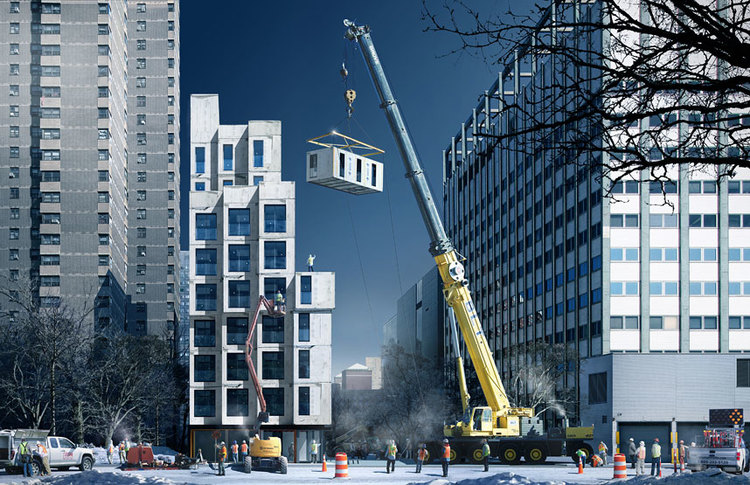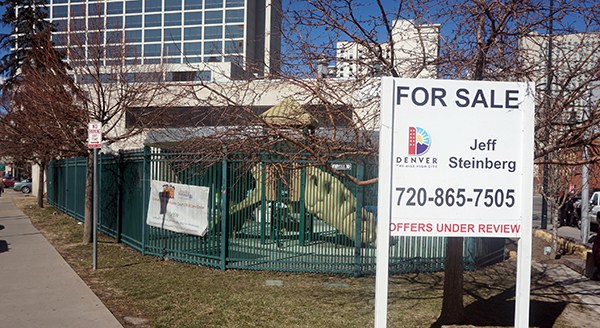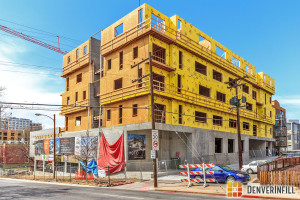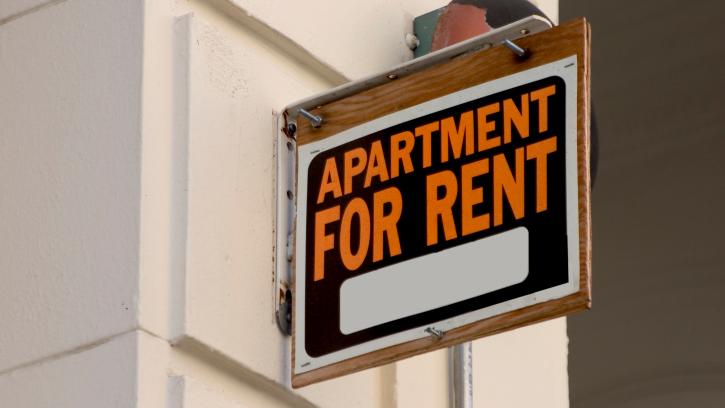The site of a downtown day care center could soon grow up
Source: BusinessDen Micro-apartments planned for small downtown parcel – BusinessDen
Urban Villages, along with Jeff Hermanson of Larimer Associates, has a contract to buy a small lot just across from the Webb Building for $2.5 million in a deal slated to close in December. They’re planning to build micro-apartments, a new restaurant space and small micro-restaurant stalls to try new concepts.
The project was referred to as a $60 million development at a Feb. 22 Denver City Council meeting, where the sale was approved by a 10-1 vote. The property is a single triangular parcel bounded by 14th Street, Colfax Avenue and Court Place. It covers 0.24 acres.
Hermanson said at a Feb. 16 council meeting that it’s a tight spot and will present several development challenges. Plans call for only a few car-share parking spots.
“Our project will embrace public transportation, car share, Uber and bikes,” Hermanson said during the Feb. 16 meeting. “In fact, we’re talking about calling it ‘Bike Hotel.’”
The purchase agreement requires the buyers to submit a conceptual plan for the development by the time the deal closes. Larimer Associates said in a statement that it plans to complete the development by summer 2018.
 Right now there is an 8,400-square-foot building on the site. That building will come down to make way for the new development.
Right now there is an 8,400-square-foot building on the site. That building will come down to make way for the new development.
Denver Warm Welcome Court Childcare operates out of the building. It’s a day care service that watches over kids while their parents handle court business. That could mean as little as a one-hour drop-in visit for a parole meeting or all-day child care for a parent with jury duty.
An onsite manager said Warm Welcome sees between 2,300 and 3,000 kids in a year, but did not know where the center will be relocated.
Larimer Associates is best-known for owning and managing Larimer Square. The company also worked on Hangar 2 in Lowry and Union Station downtown. Urban Villages’ portfolio includes the Sugar Cube building downtown and the Vita Flats apartments in Speer.




